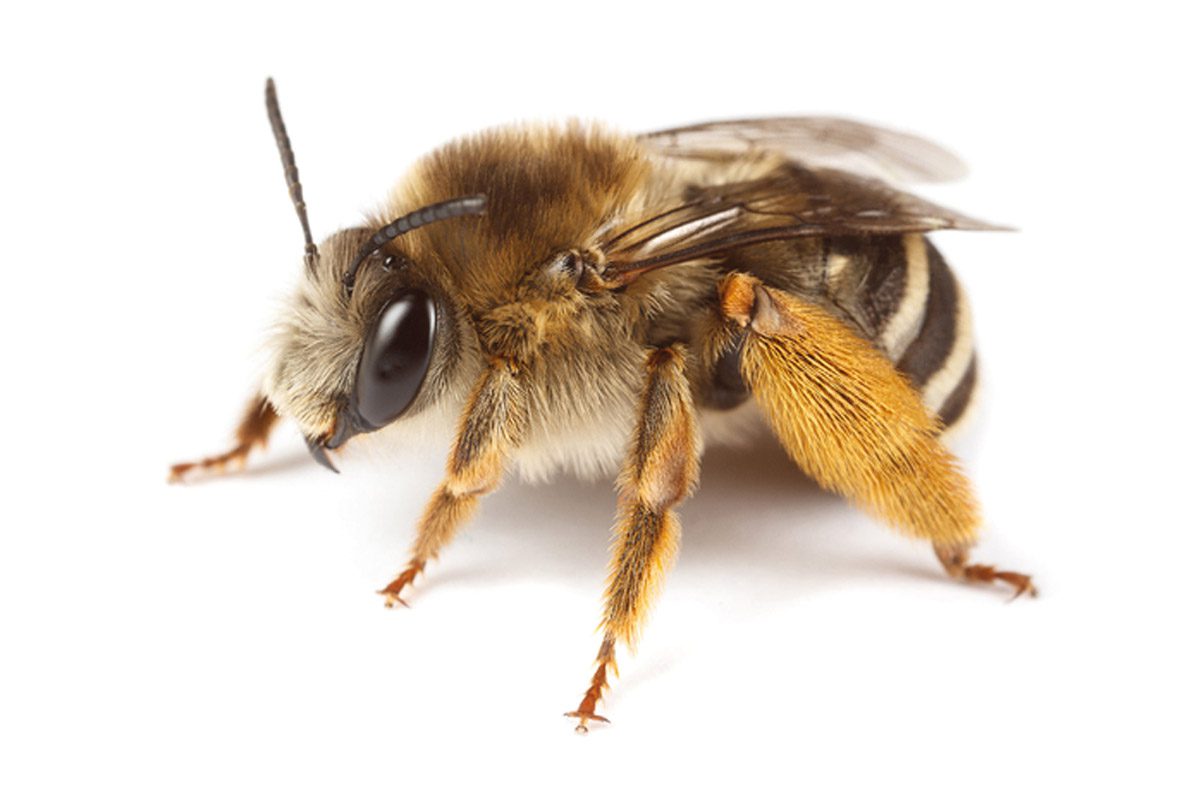The EU Pollinators Initiative has committed to developing an EU-wide pollinator monitoring scheme to ensure the provision of good quality data for assessing the status and trends with these species.
Important trends to pinpoint include: Are there already ongoing losses that could lead to serious problems for food production and biodiversity conservation? So far, this can be seen in only a few, well-studied groups of plants and animals such as birds and butterflies. It is hoped the EU-wide census of pollinators will bring this situation into much clearer focus.
The scheme was developed and plans published by an international group of experts in 2020, under the coordination of the Commission’s Joint Research Centre. The SPRING project (Strengthening Pollinator Recovery through INdicators and moitorinG), which has a budget of e5 million, and will carry out part of this census by 2023. Nineteen research institutions will be involved in the project, which is coordinated by Prof. Josef Settele from the UFZ and Dr David Roy from the UK Centre for Ecology & Hydrology in Wallingford, UK.
“We will use the butterfly monitoring that already exists in many European countries as a blueprint for surveying pollinators”, explains Settele. For Germany, the UFZ launched this Citizen Science project in 2005 together with the Gesellschaft für Schmetterlingsschutz.
Since then, volunteers have been walking fixed routes in the summer months, counting the different species and numbers of butterflies spotted. The same principle is used to survey butterfly occurrences every year in numerous other countries in Europe.
Europe’s flowers are by no means pollinated only by butterflies; other groups of insects, such as bees and hoverflies, actually play a much greater role in this respect. So which insects must be recorded as a minimum in order to obtain meaningful data on the situation of pollinators? Which methods are suitable for this? What is the minimum area that needs to be examined? And what will the entire project cost? “In order to better assess all this, we will develop and test a foundation programme for meaningful monitoring as part of the project”, says David Roy.
In up to 24 test areas per country, project staff will use a variety of standard methods to assess the diversity and abundance of pollinators. Similar to butterfly monitoring, volunteers will also count wild bees and hoverflies on defined routes. In tandem, the diversity of pollinators will be assessed using various insect traps.
On completion of the SPRING project, Europe will for the first time have the ability to gain a full overview of the status of its pollinator population.







